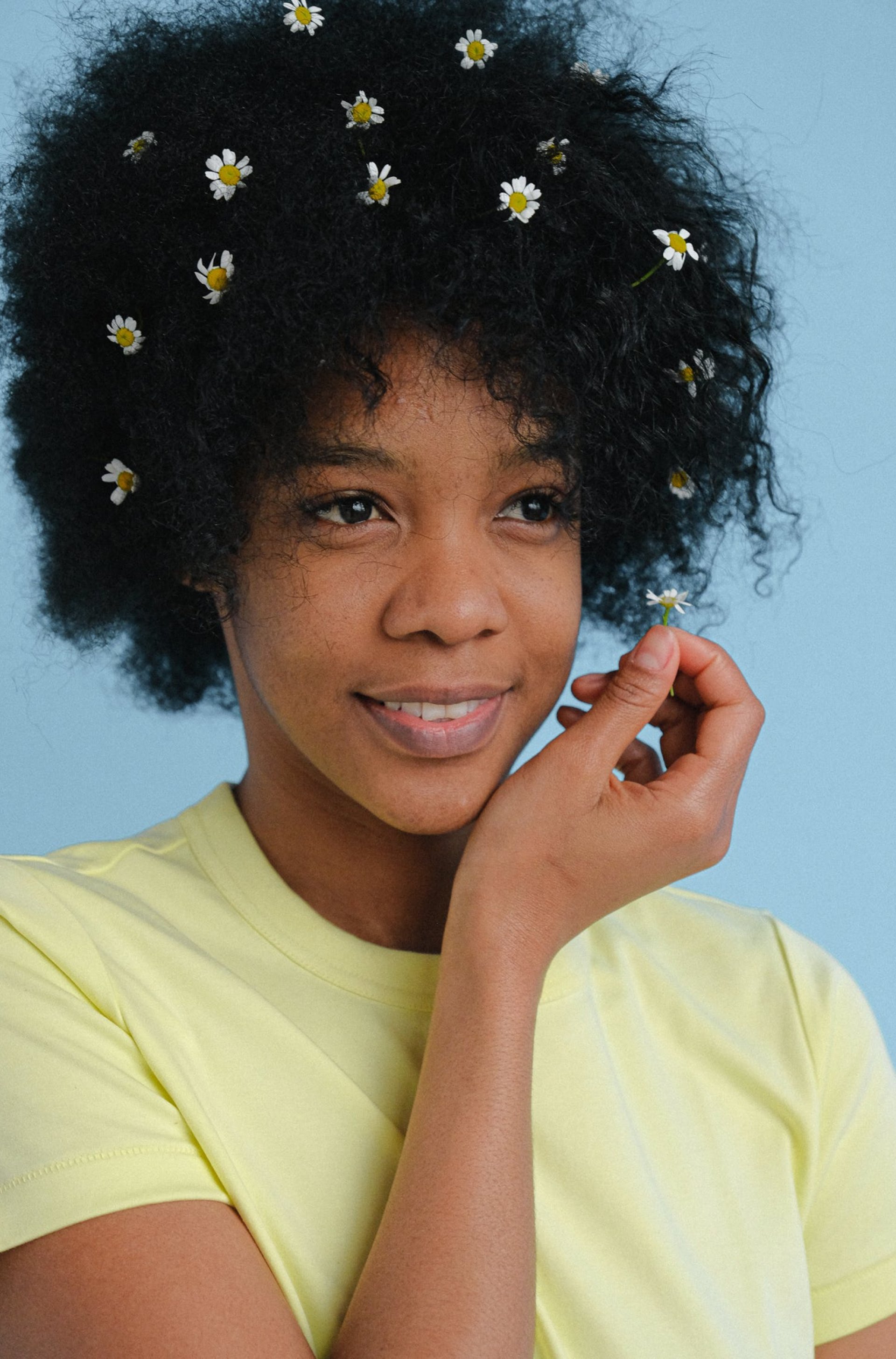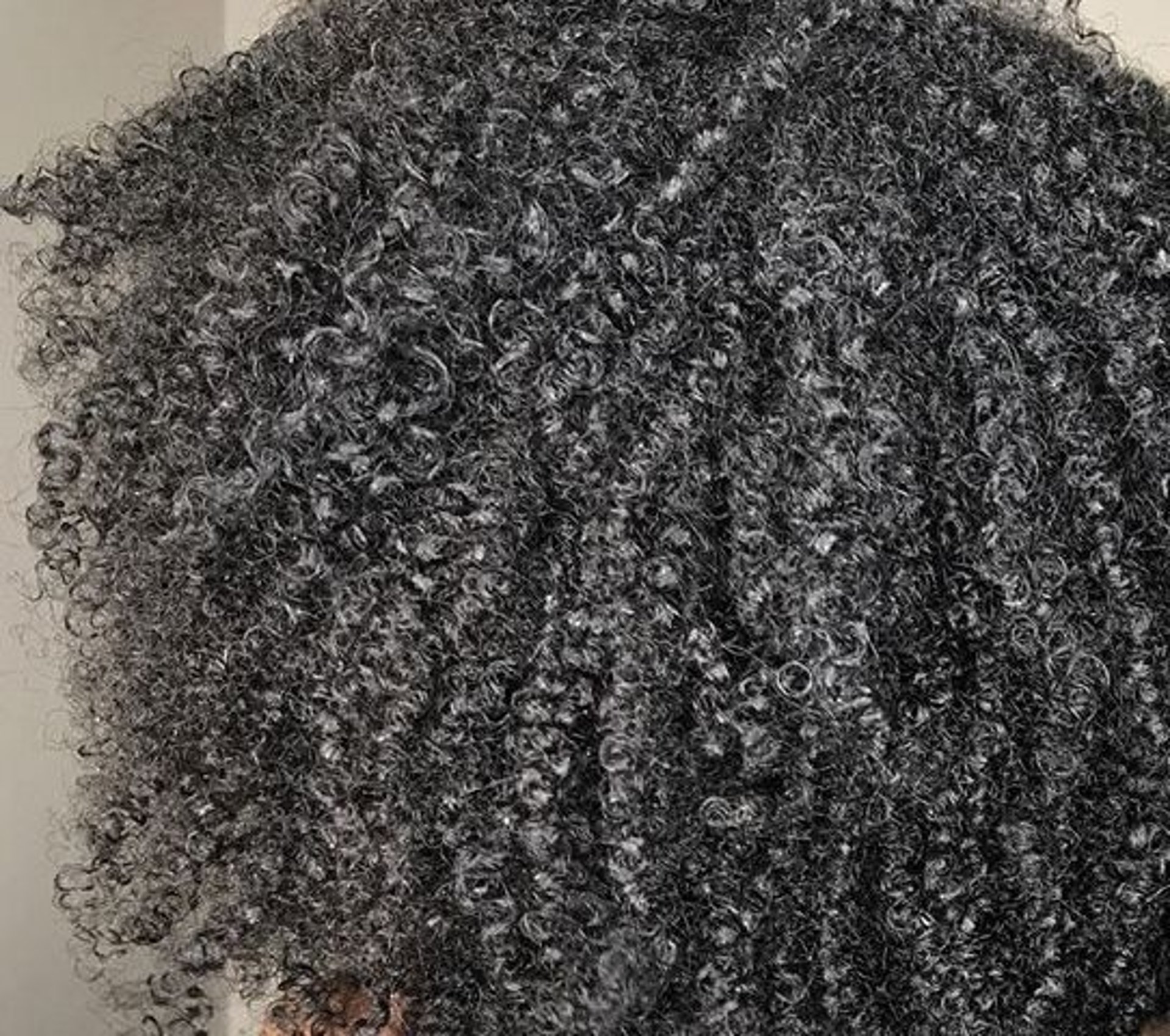Natural Hair Care Tips for Autistic Children: A Gentle Approach
Caring for Natural Hair in Autistic Children: Gentle Techniques and Creative Styles Discover effective hair care techniques tailored for autistic children with natural hair. Learn how practicing empathy and patience, along with using the right tools, can make hair care a positive experience. Explore tear-free washing and styling techniques, including low-tension protective styles that minimize discomfort. Master moisture retention between wash days with leave-in conditioners and sealing oils, ensuring hydrated, healthy hair. For boys sensitive to clippers, find creative haircut ideas using scissors, promoting comfort and self-expression. This guide empowers parents to nurture their child’s natural hair while enhancing their emotional well-being and confidence.
BLACK HAIRCARE
W. Love
3/1/20254 min read


Understanding Natural Hair Care for Autistic Children
Managing the hair care of autistic children can pose unique challenges, particularly for black moms navigating the intricacies of natural hair. Natural hair, often characterized by its curliness, density, and texture, requires careful attention and specific techniques to maintain its health and style. For black children, who typically have melanin-rich 4c hair, understanding the distinct needs associated with their hair type is crucial for achieving optimal care.
Additionally, autistic children may experience sensory sensitivities that can complicate the hair care process. Activities such as hair washing, combing, or even applying products can become overwhelming and distressing for a child with sensory sensitivities. Recognizing these potential challenges is essential for caregivers, who must honor their child’s feelings while also ensuring that their hair remains healthy and well-groomed. By approaching hair care with an understanding of these sensory issues, parents can cultivate a more positive grooming experience.
Creating a calming environment is a significant aspect of maintaining comfort during hair care routines. This may involve setting up a designated space where the child feels safe and relaxed, using soft lighting, playing soothing music, or incorporating a favorite toy into the process. Establishing a predictable routine can also help reduce anxiety. When children know what to expect, they may be more open to engaging in hair care activities peacefully.
Practicing empathy and patience is paramount when handling melanin-rich hair. Parents may consider using tools and techniques specifically designed for natural hair, such as wide-toothed combs or detangling sprays, to minimize discomfort. Encouraging children to participate in their hair care routine can also empower them, fostering a sense of control and comfort. Overall, understanding the unique needs of natural hair paired with a gentle, thoughtful approach can nurture both the hair and the child’s emotional well-being.
Tear-Free Washing and Styling Techniques
Washing and styling hair, particularly for children, can sometimes be a source of discomfort and tears. To create a more enjoyable experience for autistic children, adopting tear-free washing and styling techniques is essential. One of the most effective approaches is to use low-tension styles that minimize stress on the scalp. Hairstyles like loose braids or protective styles not only look beautiful but also maintain the health of the hair while making the process more comfortable.
When selecting hairstyles, consider opting for styles that do not pull tightly on the roots. Protective hairstyles can shield the hair from damage, requiring less frequent manipulation and ultimately reducing discomfort. These strategies ensure that the child can enjoy their hairstyle without feeling overwhelmed.
For those who are new to braiding, it is helpful to adopt step-by-step guides illustrating various techniques. Starting with simple styles, parents can gradually introduce more intricate designs as their child's comfort level grows. Incorporating bead accessories can also transform hair styling into a fun activity, as children often enjoy choosing colors and shapes that appeal to them. This can act as a form of expression, making each hairstyle unique and personal.
Moreover, sensory tools play a significant role in achieving a tear-free routine. Using soft brushes or special shampoos that minimize irritation can create a soothing washing experience. Complementing this with calming music or an engaging distraction can help reduce anxiety. By incorporating these tools and techniques, parents can significantly improve the hair washing and styling process, making it a gentle bonding experience rather than a stressful chore.
Moisture Retention Between Wash Days
Maintaining moisture in natural hair, especially for children with unique sensory sensitivities, can be a challenging endeavor. For black moms of autistic children, adopting effective methods for moisture retention between wash days is crucial in ensuring that their children's hair remains healthy and hydrated. One of the primary tactics is the consistent use of leave-in conditioners. These products serve as an excellent barrier against dryness, allowing natural hair to maintain its hydration levels throughout the week.
In addition to leave-in conditioners, moisture sealing techniques play a significant role in hair care. This method involves applying a moisturizer followed by natural oils such as jojoba, coconut, or olive oil. These oils, rich in nutrients, create a sealing effect that locks in moisture and prevents it from escaping. It is important to apply these products to damp hair to enhance absorption and achieve optimal results. This dual application of a moisturizer and a sealing oil provides a solid foundation for keeping the hair well-hydrated.
Moreover, incorporating protective styles offers additional benefits by reducing exposure to environmental stressors. Styles that tuck away the ends, such as braids, twists, or buns, can help minimize breakage and maintain moisture. When styling, it's essential to use products tailored specifically for natural black hair, which are often richer in moisture and nutrients compared to those intended for other hair types. These specialized products make a considerable difference in achieving moisture retention and enhancing overall hair health.
Creative Haircuts for Boys Without Clippers
Many boys, particularly those on the autism spectrum, may experience discomfort or anxiety during traditional haircuts, especially when clippers are involved. To create a more comfortable experience, parents can explore alternative methods that utilize scissors instead of clippers. Scissor cuts allow for greater control and precision, enabling parents to achieve trendy hairstyles while addressing sensory sensitivities.
One effective technique is to use a pair of hair scissors to trim the hair gradually, section by section. Parents can start by wetting the hair to make it easier to manage. Begin at the back and work your way towards the front, taking small snips at a time to achieve the desired length. This approach helps in reducing the noise and vibrations often associated with clippers, creating a more soothing atmosphere for the child.
In addition to offering a comfortable haircut experience, parents can also consider engaging their child’s creativity by allowing them to choose a hairstyle. Popular options include a classic crew cut, a textured tousled look, or longer styles like the shag or messy fringe. These choices can promote self-expression, encouraging the child to embrace their unique identity through their hairstyle.
To make the haircut enjoyable, integrating fun distractions can be beneficial. For instance, playing music, watching a favorite show, or offering small rewards—a sticker, for example—can create a positive association with haircuts. This not only eases anxiety but also encourages cooperation. Communication is essential, so talking through the process and reassuring the child can further enhance their comfort level.
Overall, by focusing on scissor techniques, creative hairstyles, and positive experiences, parents can help their autistic sons receive haircuts that cater to their individual needs while emphasizing self-expression and comfort.
By using a combination of leave-in conditioners, moisture sealing techniques, and protective styles, moms can effectively nurture their children's natural hair while remaining mindful of their sensory preferences. This holistic approach fosters not only hair health but also boosts the confidence and well-being of children.





